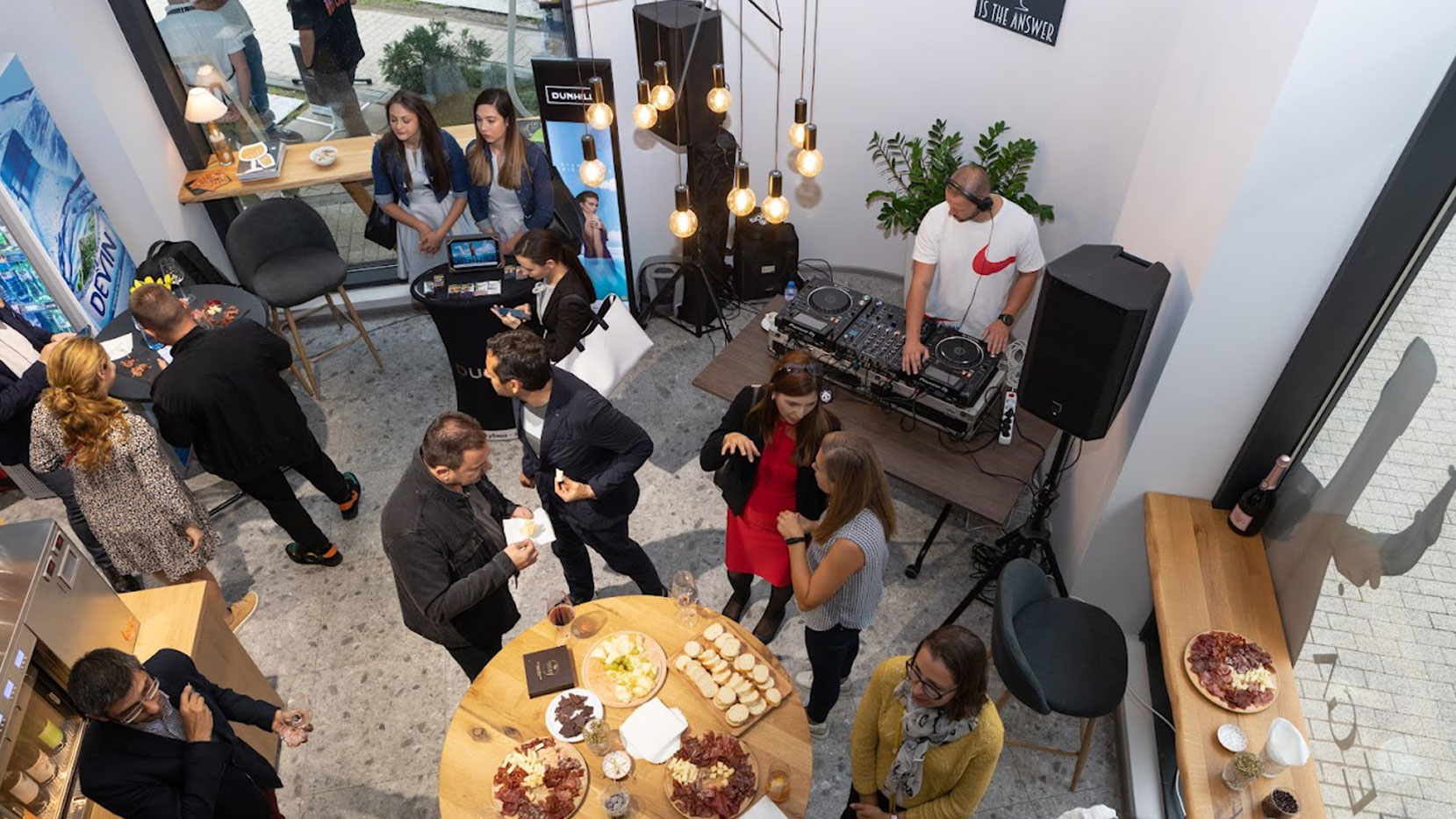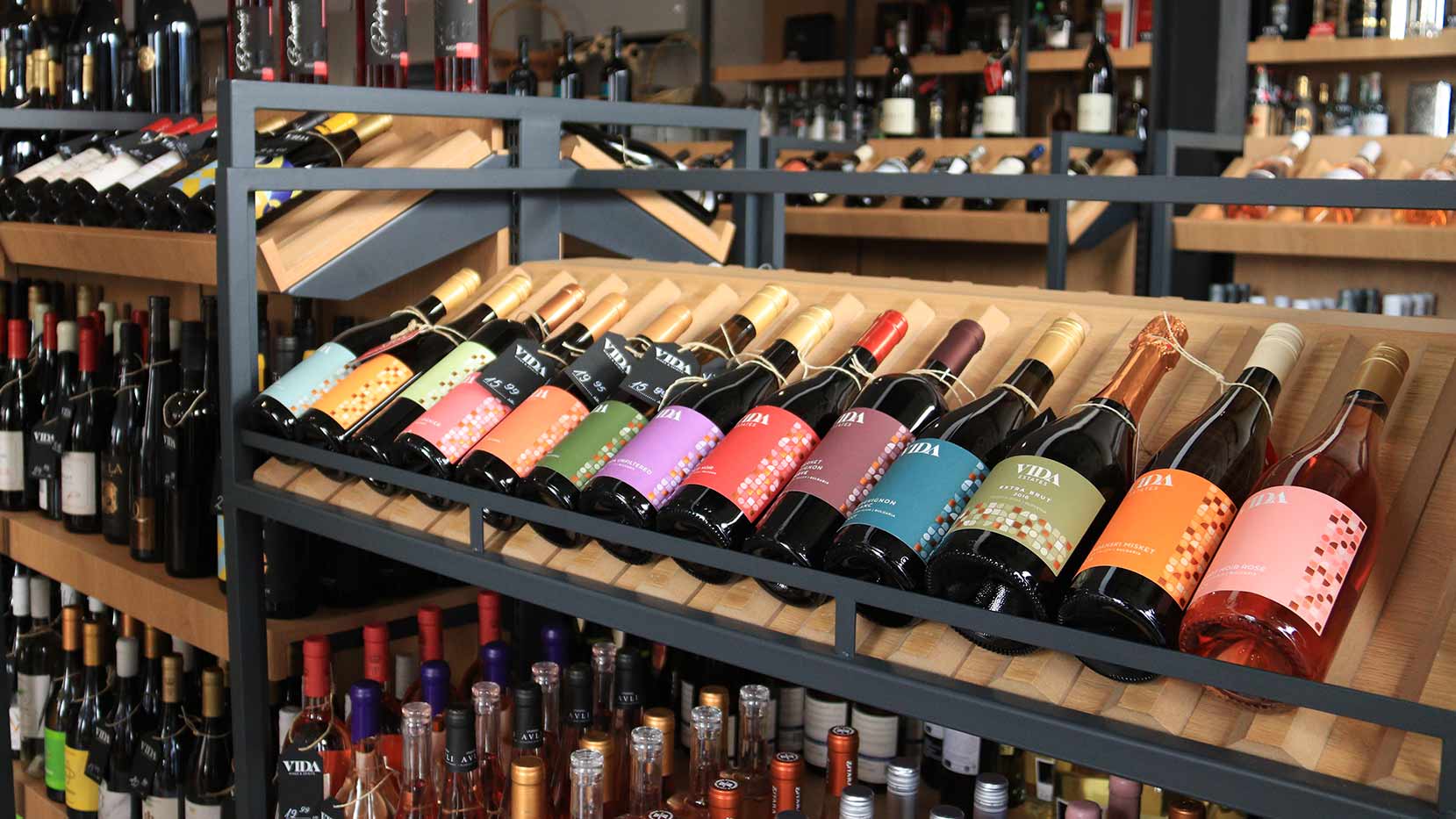Bulgaria as a Wine Destination
Bulgarian wine has been flooded by a huge wave of interest recently. Where does Bulgaria stand on the wine map?
Since the 70s, Bulgaria's position as a world-class producer of wine has only been growing, and today it is in top 5. Besides production volumes, quality, without a doubt, is also something we can also be proud of.
The last 15 years saw great development in the establishment of better wineries, improvement of grape varieties and the introduction of modern technology in the process. Wine tourism is slowly but surely becoming demanded by both national and international tourists.
Bulgaria has an ancient wine history, filled with customs and traditions. After the turbulent times of the 20th century, in 2018 Bulgaria held the 22nd position in the world wine production. The consumed wine per person is 17.4 liters annually, which is significantly lower than other countries with wine production, like France (50.2 l/annually), Slovenia (42.3), Austria (31.3) and Romania (27.1). The statistics is not reliable, as the National Statistics Institute states that consumed wine is only 4.5 liters.
Bulgaria sits next to Greece and Serbia with roughly 60 000 hectares of vineyards. Officially, the wine producers are a bit lower than 300. Annually, roughly 1.5 million hectoliters are produced, and are mostly consumed within the territory of Bulgaria, unlike in the past, when it was mostly exported. Another interesting change has been the fact that red and white wine are almost equally searched for, while in the past red was the preferred wine. There is a growing demand for rose as well. розе.
Bulgaria's climate is suitable for wine production, given the moderately continental climate, similar to this in Bordeaux. There are also unique areas with special terroir, like Melnik with its sandy soil and influence of the Mediterranean climate.
Four seasons, average annual temperature of 14.1°C, 470-950l/m2 rain and sunlight between 2200 and 2500 hours per year, make Bulgaria one true wine heaven. The soils vary - from chromic and gray, to carbonated and acid. There are also black, deep, shallow and sandy. All of them are suitable for the growth of vineyards.
Unfortunately, by law, there are 2 main wine territories in Bulgaria - the Danube plain and the Thracian lowland. This hinders the development and movement of the different wine varieties, as well as wrongly labels towns like Melnik, which falls under the Thracian lowlands but is untrue both geographically and in wine terms.
During the 60s, Bulgaria had a slightly more specific wine distribution, which we aspire to go back to. The five main regions, depending on the soil and climate are, the Danube Plain, the Black Sea region, the Rose Valley, The Thracian lowlands and the Struma Valley. In terms of varieties, red wines are still more desired than the white ones, with the latter holding 30% of the sales and dessert wines 6-10%. The most planted sorts are merlot, cabernet sauvignon, pamid and gamza. From the white ones - rcazitelli. In recent years, Bulgaria has been experimenting with new international types like syrah, cabernet franc, pinot noir, sangiovese, tempranillo, malbec, viognier, aligotte, riesling, sauvignon gris and gruner veltliner.
Bulgaria's climate is wonderful for wine production and tourism. In the last 10 years there is a new trend where the wine is presented to the consumer directly from the winery. New hotels are created, wine tastings, wine tours. Bulgaria undoubtedly produces high quality wine and the 150 international medals won in 2016 are a proof for it.
















